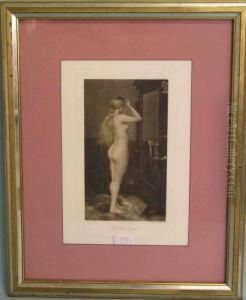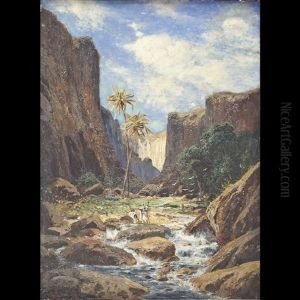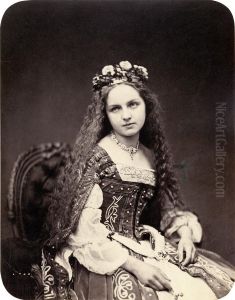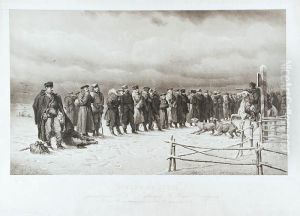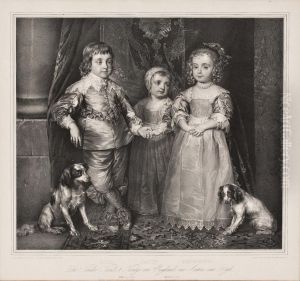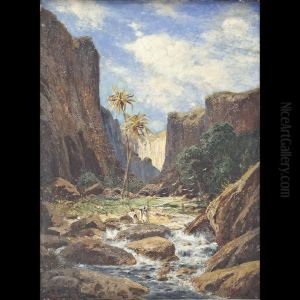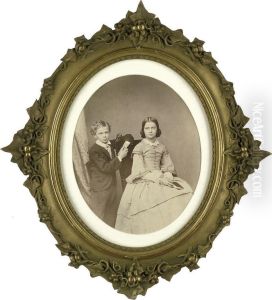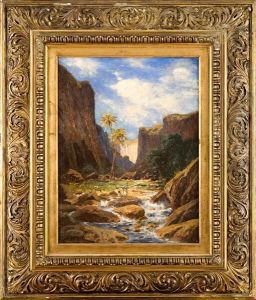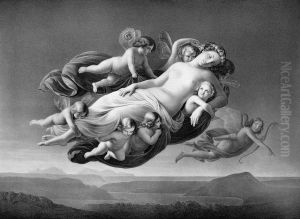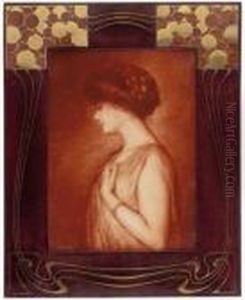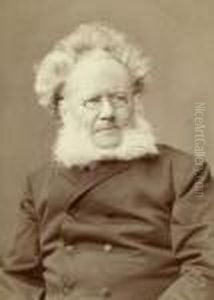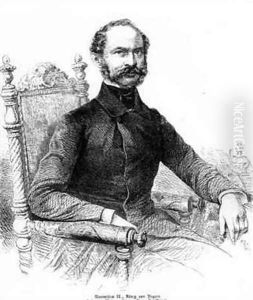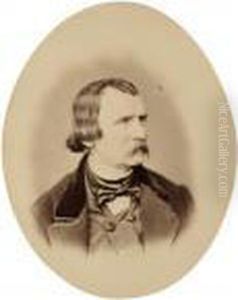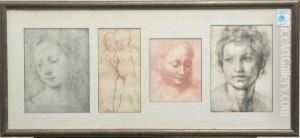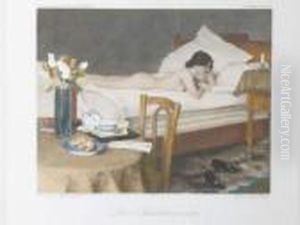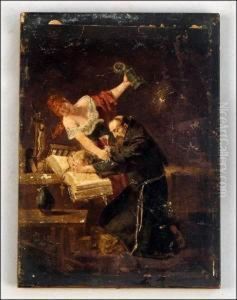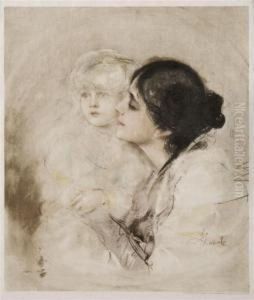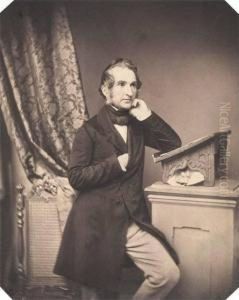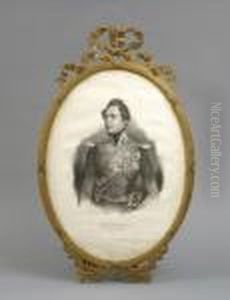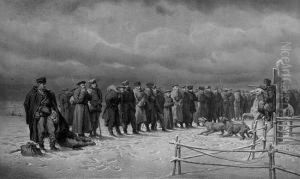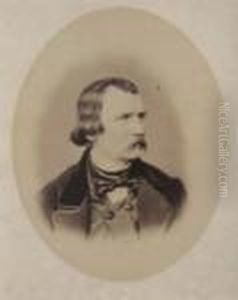Hanfstaengl, Franz Paintings
Franz Hanfstaengl was a notable German photographer and businessman, born on March 12, 1887, in Munich, Germany. Coming from a family with a strong artistic background, his father was the painter and photographer Edgar Hanfstaengl, who had established a successful art publishing firm. This environment undoubtedly influenced Franz, who would go on to play a significant role in the realms of photography and art publishing in the early 20th century. He was educated at the Ludwig Maximilian University of Munich and the University of Grenoble in France, which broadened his perspectives and skills in the arts.
Franz Hanfstaengl's career took a pivotal turn when he became closely associated with Adolf Hitler and the Nazi Party in the early 1920s. He initially met Hitler through the artistic circles in Munich and quickly became a supporter, using his photography skills to help improve Hitler's image and the party's propaganda efforts. Hanfstaengl's photographs of Hitler were some of the earliest and played a crucial role in crafting the Führer's public image. Despite his close association with the Nazi leadership during the 1920s and early 1930s, Hanfstaengl became increasingly disillusioned with Hitler's regime, particularly as its policies and actions became more radical and violent.
By the mid-1930s, Hanfstaengl's relationship with the Nazi leadership had significantly deteriorated, leading to his eventual break with the party and flight from Germany. In 1937, he moved to Britain and later to the United States, where he worked as an advisor to President Franklin D. Roosevelt on Nazi Germany, leveraging his intimate knowledge of Hitler and his inner circle. After World War II, Hanfstaengl lived in various countries, including a return to Germany, where he continued to work in publishing and write about his experiences with the Nazi regime.
Franz Hanfstaengl died on November 6, 1975, in Munich, leaving behind a complex legacy. He is remembered both for his contributions to photography and art and his controversial role in the rise of Adolf Hitler and the Nazi Party. His life reflects the turbulent political and social changes of the 20th century, and his work remains a subject of study for historians and art scholars alike.
